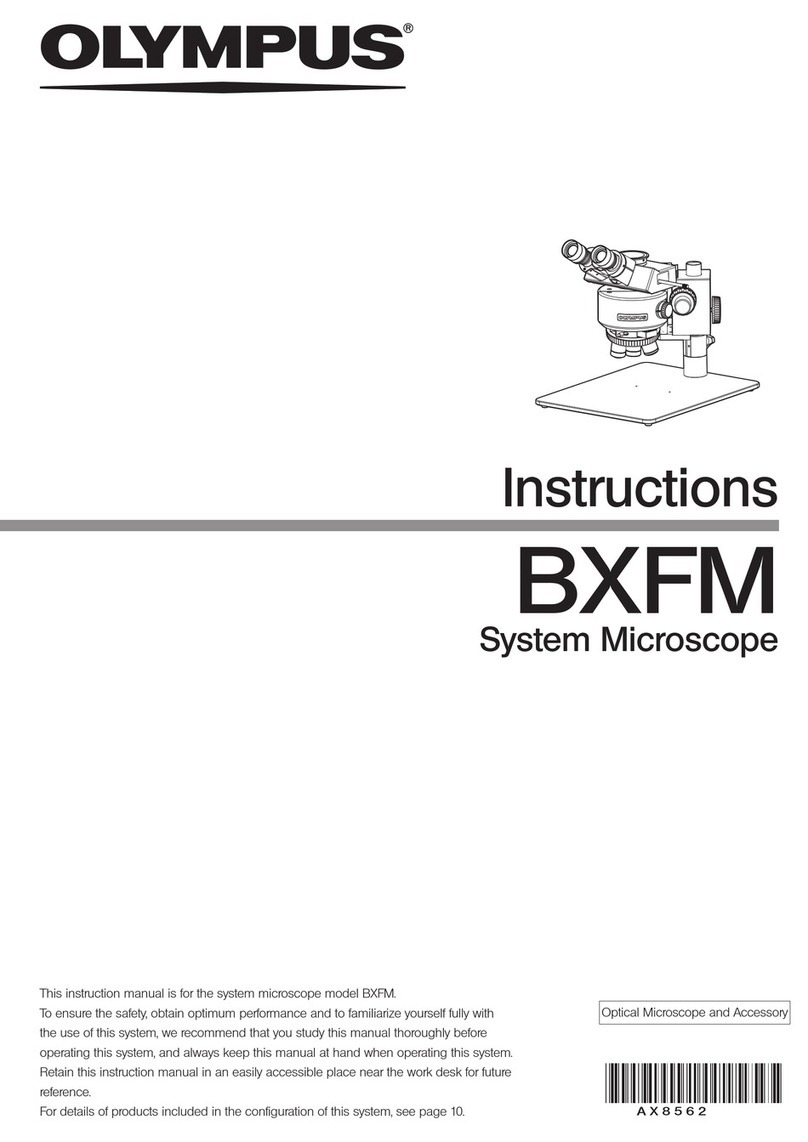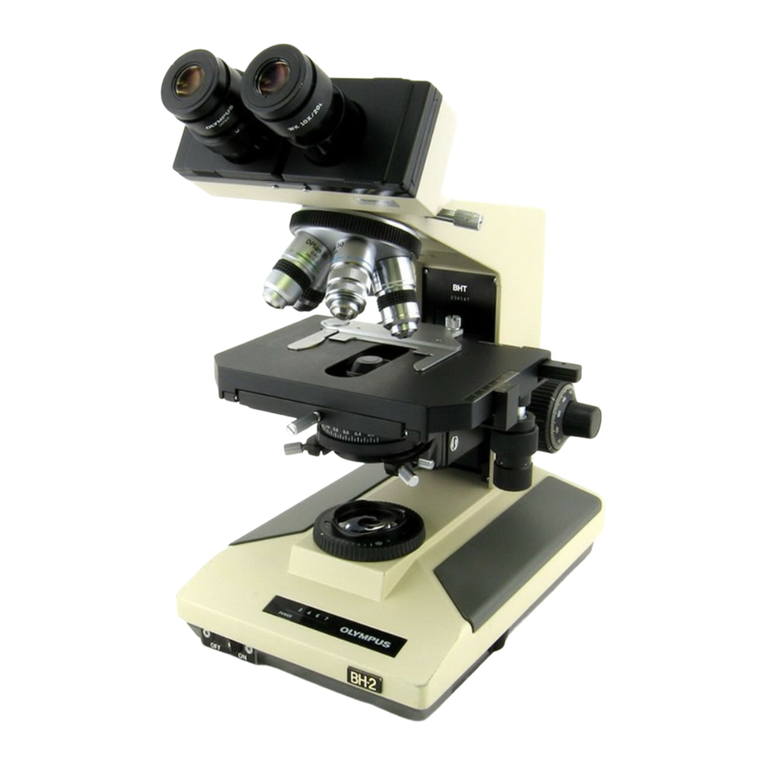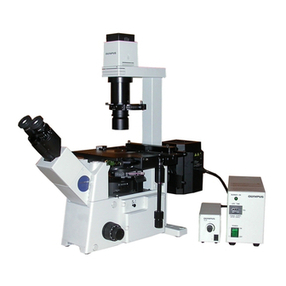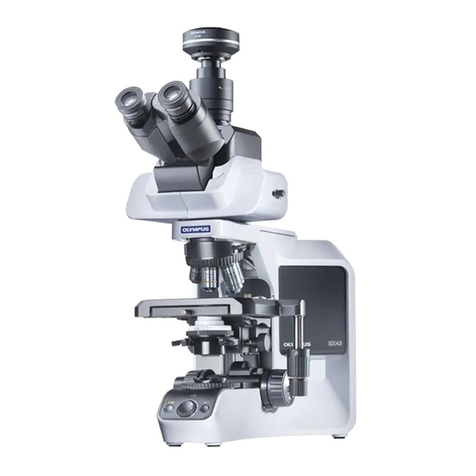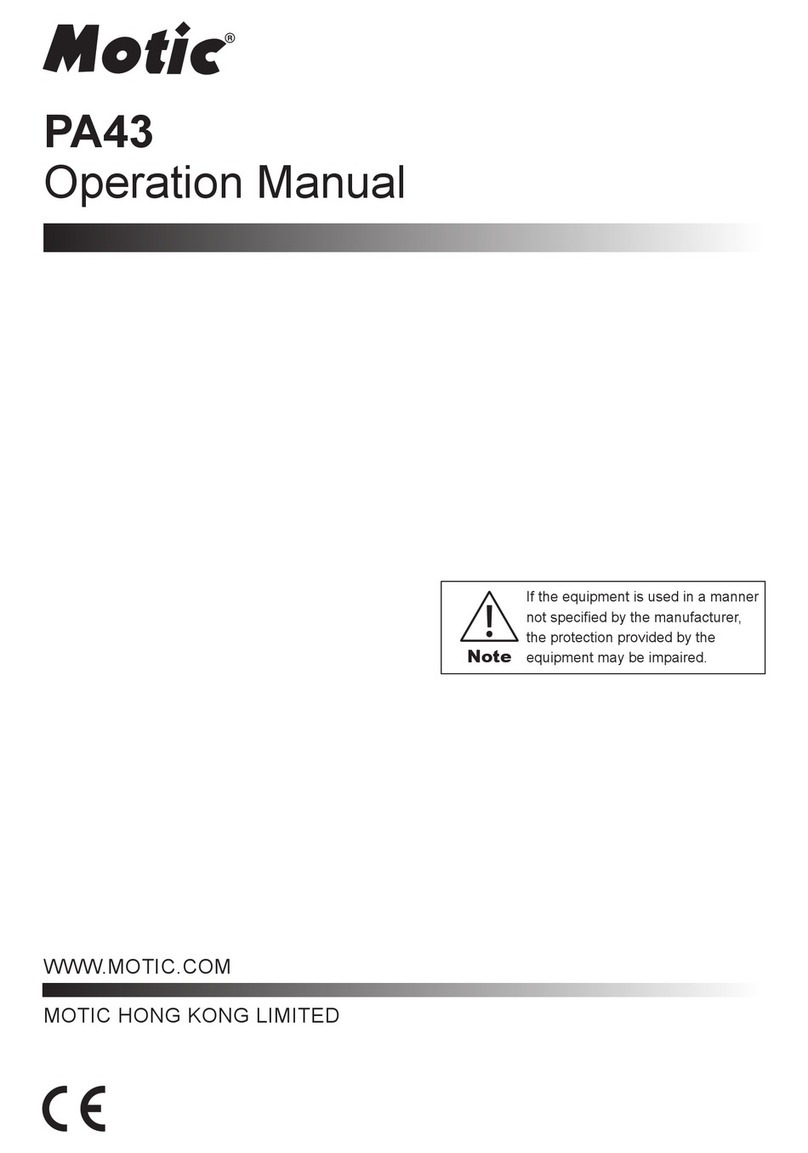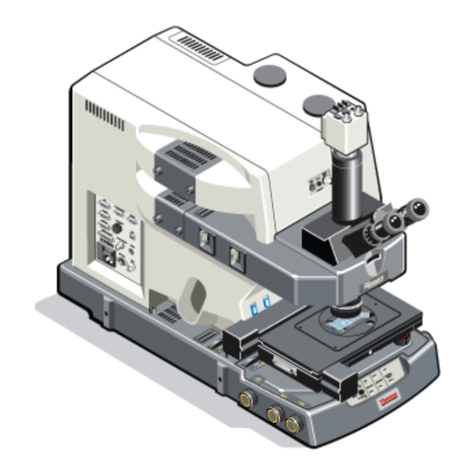Olympus VM Series User manual
Other Olympus Microscope manuals

Olympus
Olympus FH User manual
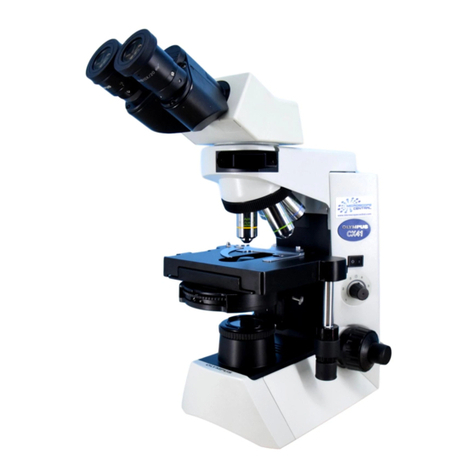
Olympus
Olympus CX41 User manual
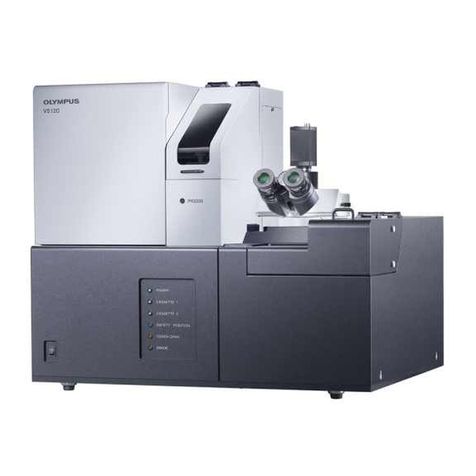
Olympus
Olympus VS120 User manual

Olympus
Olympus 1X71 User manual

Olympus
Olympus STM7 User manual
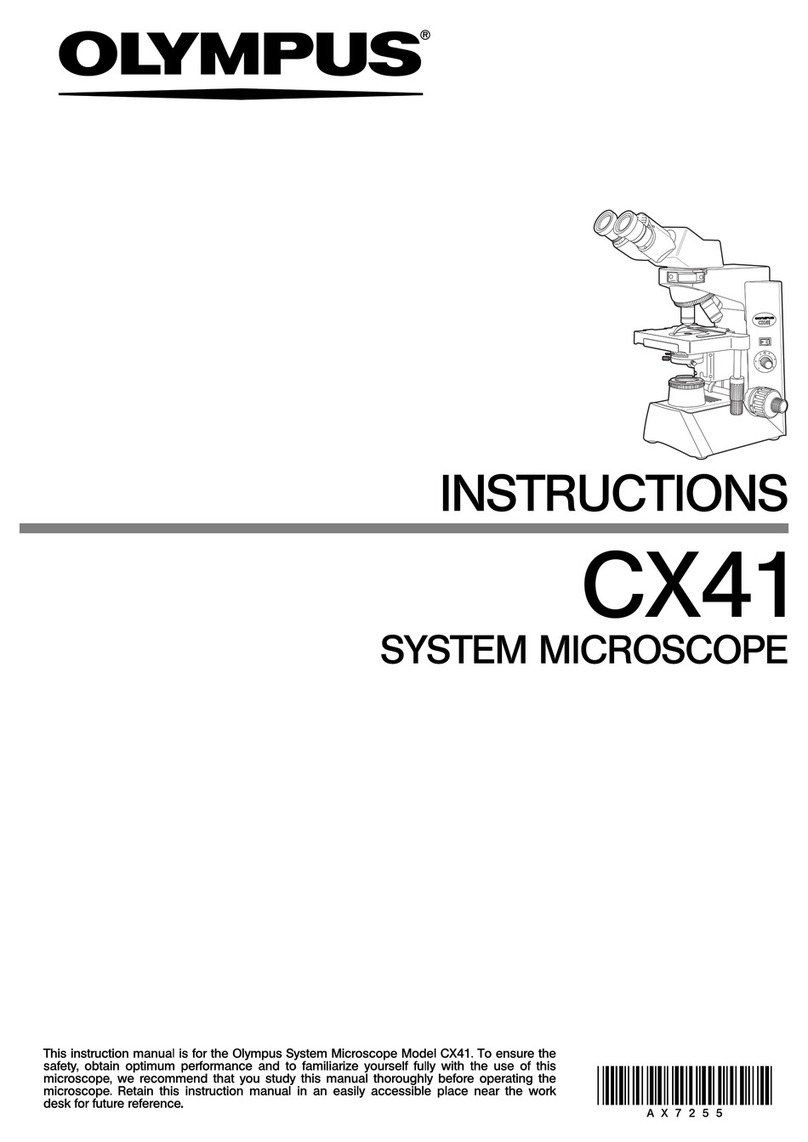
Olympus
Olympus CX41 User manual
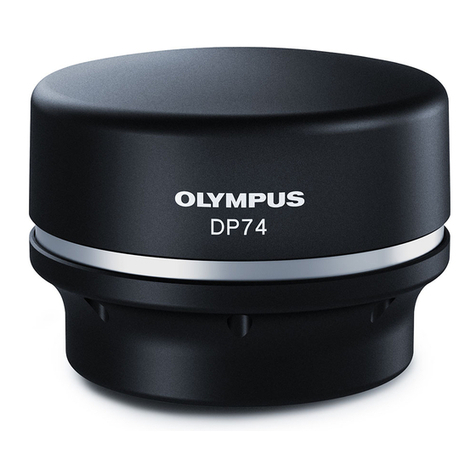
Olympus
Olympus DP74 User manual
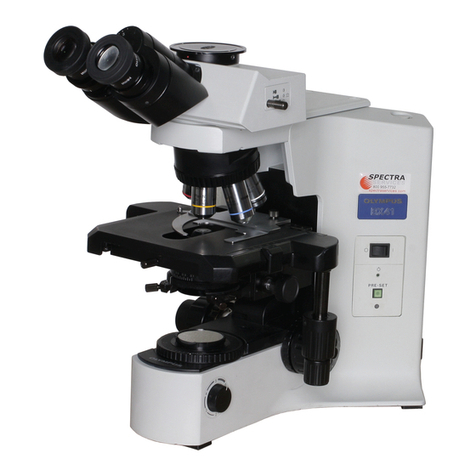
Olympus
Olympus BX41 User manual
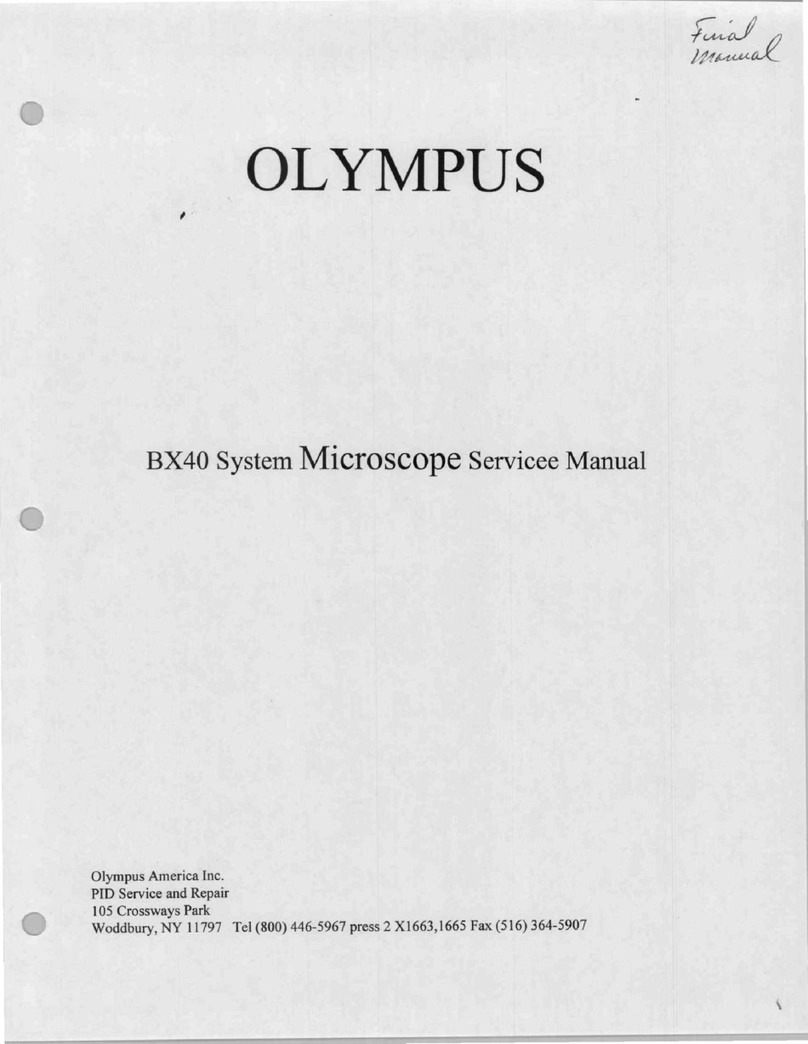
Olympus
Olympus bx40 User manual
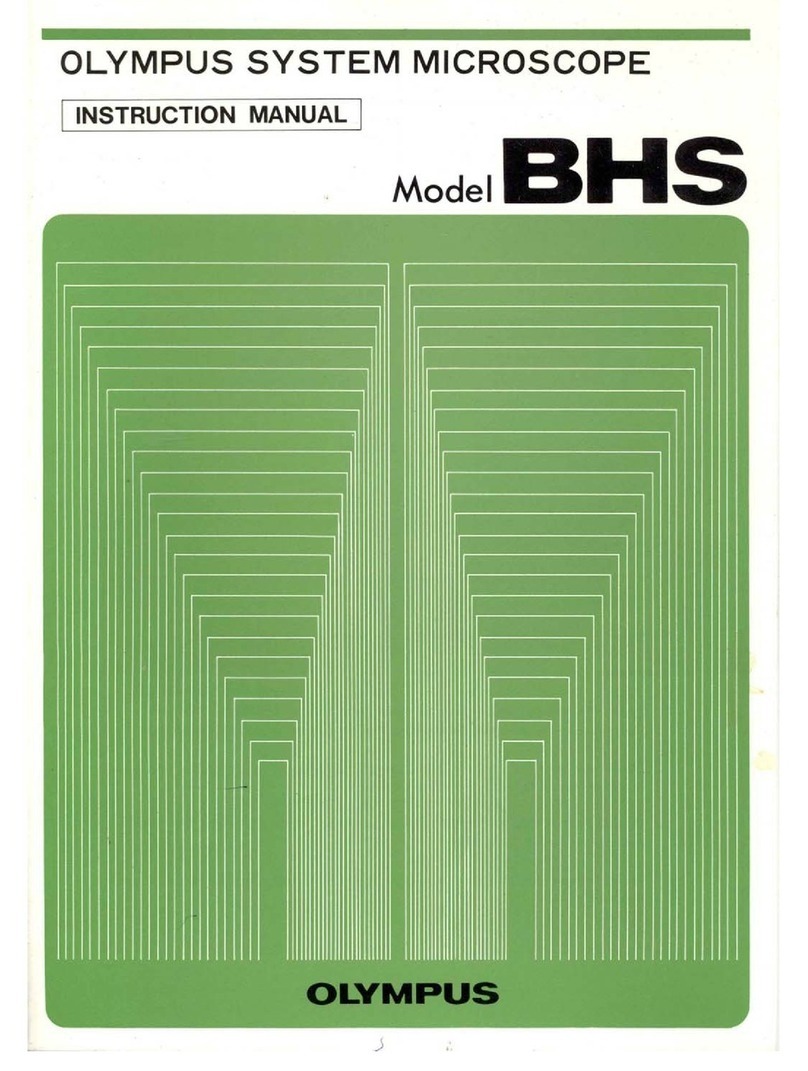
Olympus
Olympus BHS User manual
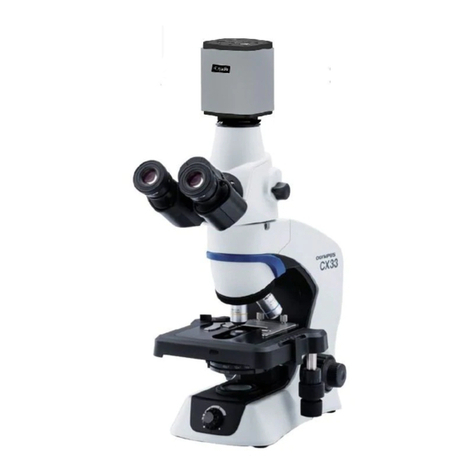
Olympus
Olympus CX33 User manual
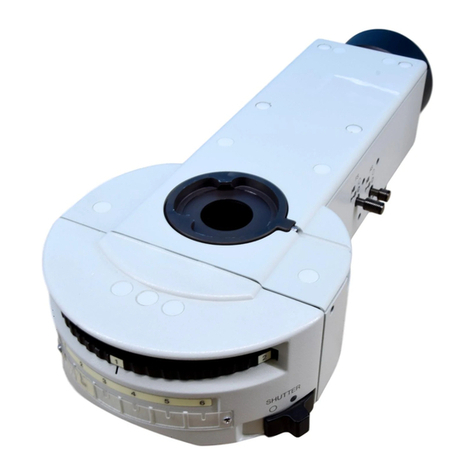
Olympus
Olympus BX-URA2 User manual
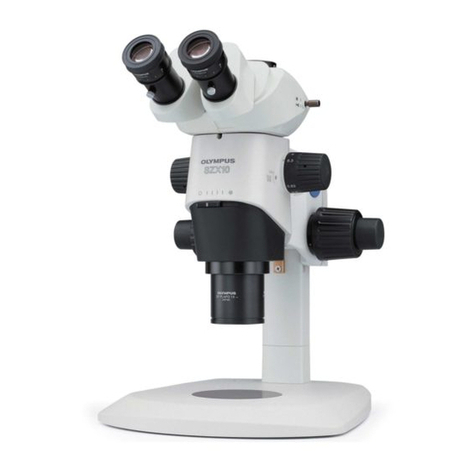
Olympus
Olympus SZX10 User manual
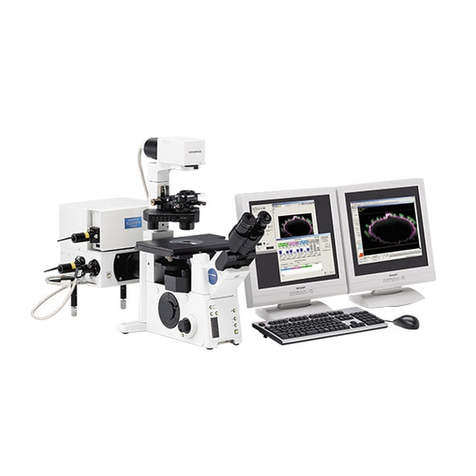
Olympus
Olympus Fluoview FV1000 User manual
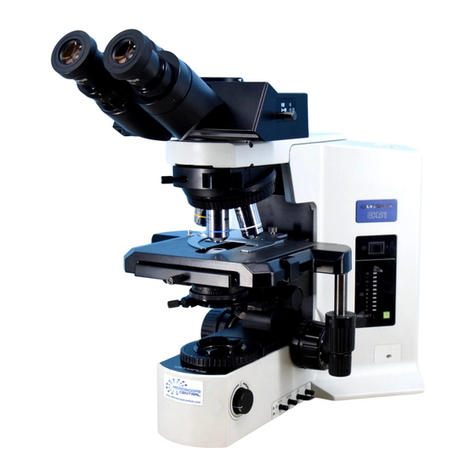
Olympus
Olympus BX51 User manual

Olympus
Olympus SZX16 User manual
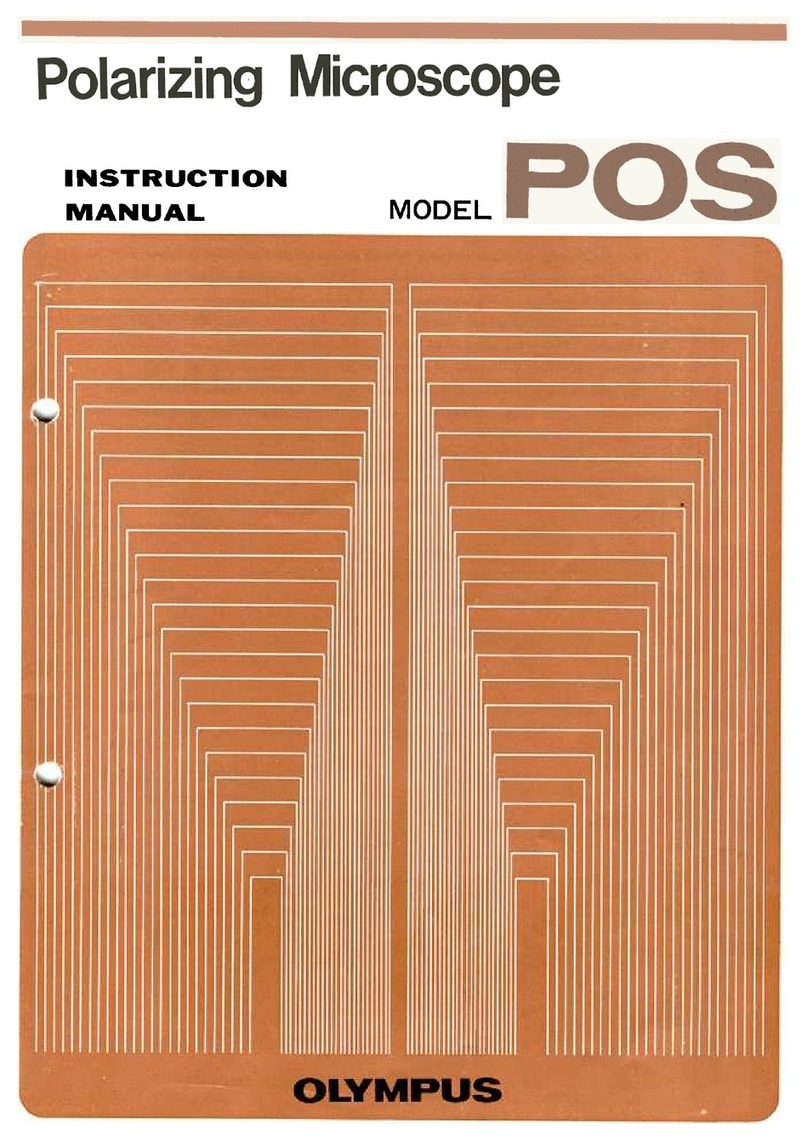
Olympus
Olympus POS User manual
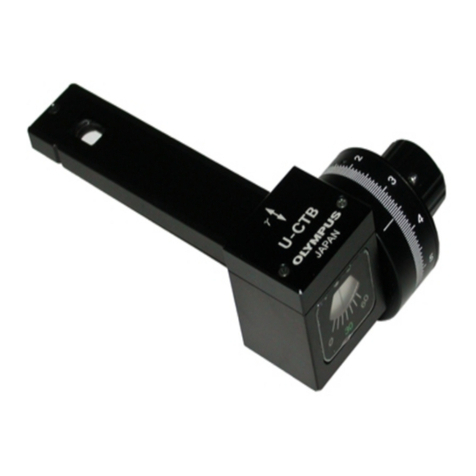
Olympus
Olympus U-CBE User manual

Olympus
Olympus SZ3060 Operating instructions
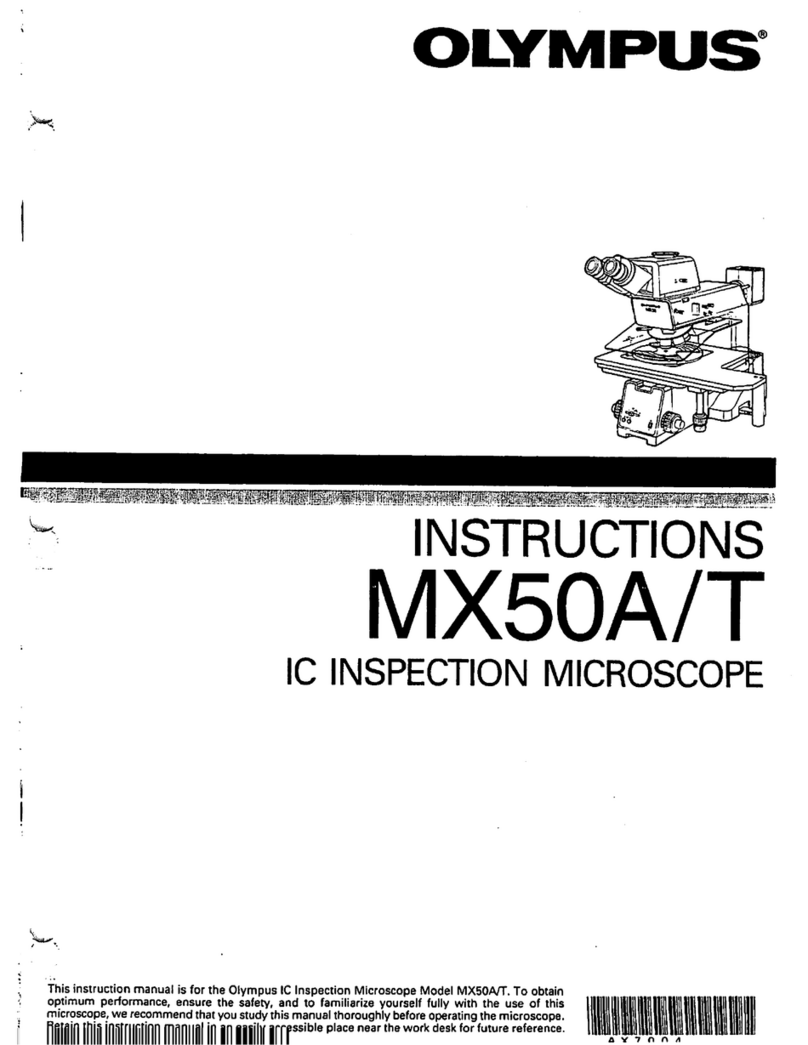
Olympus
Olympus MX50A/T User manual
